#china and women's history
Text
All histories have their odd points and in role, Yang Guifei of the Tang Dynasty is certainly one of them:
Yang Guifei is a curious example of a woman that straddles two ideological aspects of Chinese history and culture. She is the personalized scapegoat for one of the most gruesome wars of Chinese history and one of the greatest catastrophes of that history. And yet in this role she is also a genuinely popular tragic figure precisely for that reason, as it's much easier to blame the war on Yang's role and her having Emperor Xuanzong by the balls than to admit that An Lushan was a classical overmighty subject who eventually decided he had the military power to give orders rather than take them and elected to wage a war that ultimately laid the groundwork for the fall of the glory of the Tang era.
In this, however, she shows both the very real limits of the Tang era for noblewomen, who benefited most, and that even the glory days of Chinese culture were far from averse from claiming that it wasn't a complicated reality reliant on the dichotomy of empires won and maintained on horseback and the Confucian demonization of the soldiers that won those empires and instead all the woman's fault.
#lightdancer comments on history#women's history month#east asia and women's history#china and women's history#tang dynasty and women's history#yang guifei#an lushan rebellion
22 notes
·
View notes
Text

Women warriors in Chinese history - Part 2
(Part 1)
"However, court confessions, unofficial histories, and local gazetteers do reveal a host of women warriors during the Qing dynasty when patriarchal structures were supposedly most influential. Women in marginal groups were apparently not as observant of mainstream societal gender rules. Daughters and wives of “peasant rebels,” that is, autonomous or bandit stockades, were frequently skilled warriors. Miss Cai 蔡†(Ts’ai) of the Nian (Nien) “army,” for example, “fought better than a man, and she was especially fine on horseback. She was always at the front line, fighting fearlessly despite the large number of government troops.” According to a folktale, she managed to rout an invading government force of several thousand with a hundred men and one cannonball after her husband led most of the Nian off to forage for food.
Related to the female bandits were the women pirates among whom Zheng I Sao 鄭一嫂†(literally, Wife of Zheng I; 1775–1844) is the best researched. “A former prostitute … Cheng [Zheng] I Sao could truly be called the real ‘Dragon Lady’ of the South China Sea.” Consolidating her authority swiftly after the death of her husband, “she was able to win so much support that the pirates openly acclaimed her as the one person capable of holding the confederation together. As its leader she demonstrated her ability to take command by issuing orders, planning military campaigns, and proving that there were profits to be made in piracy. When the time came to dismantle the confederation, it was her negotiating skills above all that allowed her followers to cross the bridge from outlawry to officialdom.”
We know slightly more about some of the women warriors involved in sectarian revolts. Folk stories passed down orally are one of the sources. Tales that proliferated in northern Sichuan on the battle exploits of cult rebels of the White Lotus Religion uprising in Sichuan, Hunan, and Shaanxi beginning in the late eighteenth century glorify several women warriors. The tall and beautiful Big Feet Lan (Lan Dazhu 籃大足) and the smart and skillful Big Feet Xie (Xie Dazhu 謝大足) vanquished a stockade together; the young and attractive Woman He 何氏 could kill within a hundred feet by throwing daggers from horseback. The absence of bound feet in Big Feet Lan and Big Feet Xie suggests their backgrounds were either very poor, unconventional, or non-Han.
Sectarian groups accepted female membership readily, and many of these women trained in the martial arts. Qiu Ersao 邱二嫂†(ca. 1822–53), leader of a Heaven and Earth Society (Tiandihui 天地會) uprising in Guangxi, joined the sect because of poverty and perfected herself in the martial arts. Some women came to the sects with skills. Su Sanniang 蘇三娘, rebel leader of another sect of the Heaven and Earth Society, was the daughter of a martial arts instructor. Such sectarian rebel bands are frequently regarded as bandit groups. A history of the Taiping Revolutionary Movement refers to these two cult leaders as female bandit chiefs before they joined the Taipings.
Male leaders of religious rebellions frequently married women from families skilled in acrobatic, martial, and magic arts. These women tended to be both beautiful and charismatic. Wang Lun 王倫, who rebelled in 1774 in Shandong, had an “adopted daughter in name, mistress in fact,” by the name of Wu Sanniang 烏三娘 who was one of Wang’s most powerful warriors. Originally an itinerant performer highly skilled in boxing, tightrope walking, and acrobatics, she terrified the enemy with spellbinding magic. She brought a dozen associates from her old life to the sect, and they all became fearsome warriors known as “female immortals” (xiannü 仙女); three of them, including Wu Sanniang, lived with Wang Lun as “adopted wives” (ifu 義婦). A tall, white-haired woman at least sixty years old, possibly the mother of one of these acrobat-turned women warriors, wielded one sword with ease and two almost as effortlessly. Dressed in yellow astride a horse, hair loose and flying, she was feared as much for her sorcery as for her military skills. Her presence indicates that some of the women came from female-dominated itinerant performing families. Woman Zhang 張氏and Woman Zhao 趙氏, wives of Lin Zhe 林哲, another leader of the cult, were also known for being able to brandish a pair of broadswords on horseback.
Hong Xuanjiao 洪宣嬌†(mid nineteenth century), also known as Queen Xiao (xiaohou 蕭后), wife of the West King of the Taiping Heavenly Kingdom (taiping tianguo 太平天國), was so stunningly beautiful and impressive in swordsmanship that she mesmerized the entire army during battles. The link between early immortality beliefs and shamanism also suggests that these women warrior “immortals” of sectarian cults may represent surviving relics of the female shamans who occupied high positions during high antiquity.
During the White Lotus Religion rebellion in Sichuan, Hunan, and Shaanxi beginning in 1796, five of the generals were at once leaders and wives of other leaders of the cult. They were Woman Qi née Wang (Qiwangshi 齊王氏; Wang Cong’er 王聰兒), Woman Zhang née Wang (Zhangwangshi 張王氏), Woman Xu née Li (Xulishi 徐李氏), Woman Fan née Zhang (Fanzhangshi 范張氏), and Woman Wang 王†née Li 李 (Wanglishi 王李氏). In the Heavenly Principle Religion (tianlijiao 天理教) rebellion that began in Beijing during 1713, the wife of its leader, Li Wencheng 李文成, led three invasions into the city. There was even a “Female Army” (niangzijun 娘子軍) within the Eight Trigrams (baguajiao 八卦教) uprising in Shandong during the Daoguang 道光† reign (1821–51). The female generals, Cheng Sijie 程四姐†and Yang Wujie 楊五姐, were particularly impressive when they wove among enemy forces in the style of “butterflies flitting among flowers,” wielding broadswords on horseback, their hairpins glittering in the light.
A number of female rebel leaders used religion and magic to buttress their power. Many claimed to be celestials and were leaders of sectarian cults (...). Chen Shuozhen 陳碩貞†(?–653) mobilized a peasants’ uprising by declaring that she had ascended to heaven and become an immortal. Tang Sai’er (ca.1403–20), a head of the White Lotus Religion (bailianjiao 白蓮教), designated herself as a “Buddhist Mother” (fuomu 佛母). The spellbinding old woman warrior in Wang Lun’s Clear Water Religion (qingshuijiao 清水教) sect was known to the rebel community as a reincarnation of the highest White Lotus deity, the Eternal Venerable Mother (wusheng laomu 無生老母). Wang Lun relied on her for performing magic and the rituals for calling on their supreme deity. Woman Wang née Liu (wangliushi 王劉氏), one of the numerous female leaders of the White Lotus Religion revolt, also titled herself the Eternal Venerable Mother. Wang Cong’er (1777–98), originally an itinerant entertainer, became the commander in chief of the rebel army she launched with her husband, a master in the White Lotus Religion.
Indeed, itinerant performers such as Wu Sanniang mentioned above were frequently trained in the martial arts since childhood and must have been skilled at performing magic tricks as well. Lin Hei’er 林黑兒†(?–1900), leader of Red Lanterns (hongdengzhao 紅燈照), the young women’s branch of the Boxer’s Movement (yihetuan 義和團), was also originally an itinerant entertainer (her husband was a boatman). Designating herself the Holy Mother of the Yellow Lotus (huanglian shengmu 黃蓮聖母), she taught her followers the skills of wielding swords and waving fans as well as magic to defeat their enemies. Wang Nangxian 王囊仙†(literally, Goddess Nang, 1778–97), an ethnic minority of the Miao tribe, was worshipped as a goddess by her tribesmen before she led them in revolt against the Chinese government."
Chinese shadow theatre: history, popular religion, and women warriors, Fan Pen Li Chen
#history#women in history#women warriors#warriors#warrior women#china#chinese history#asian history#historyblr#qing dynasty#19 century#18th century#Wang Cong’er#hong xuanjiao#su sanniang#qiu ersao#tang sai'er#asia#Zheng Yi Sao
176 notes
·
View notes
Photo
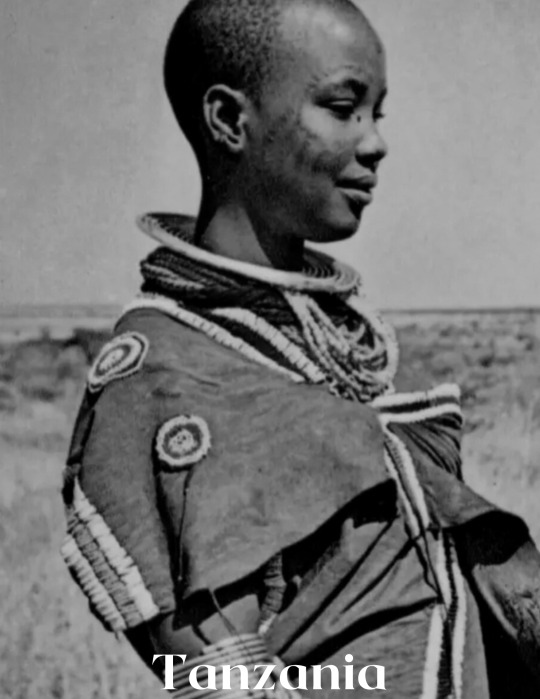

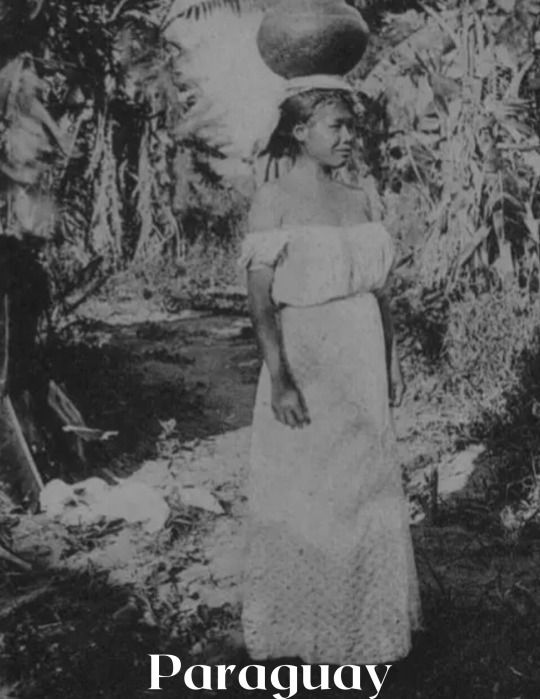
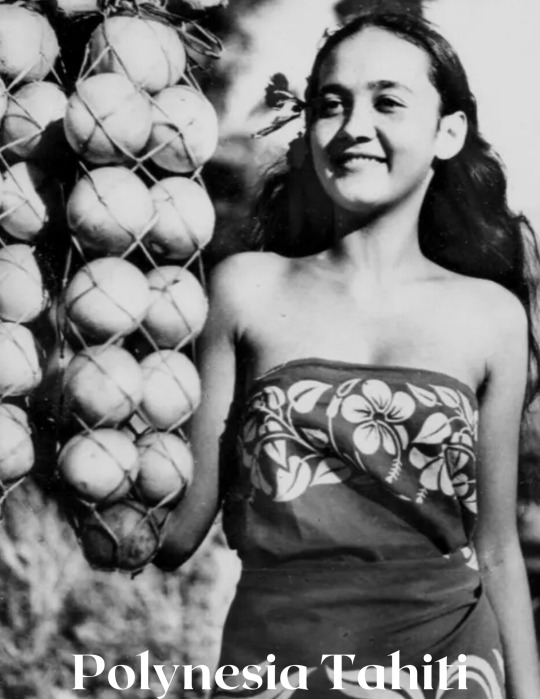
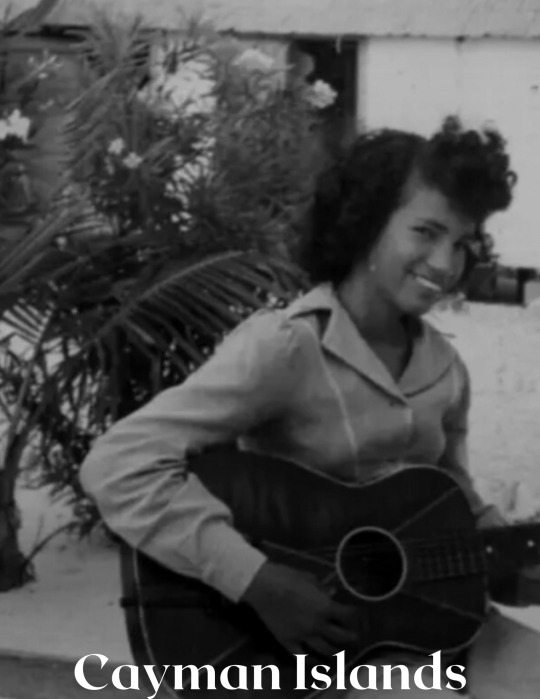
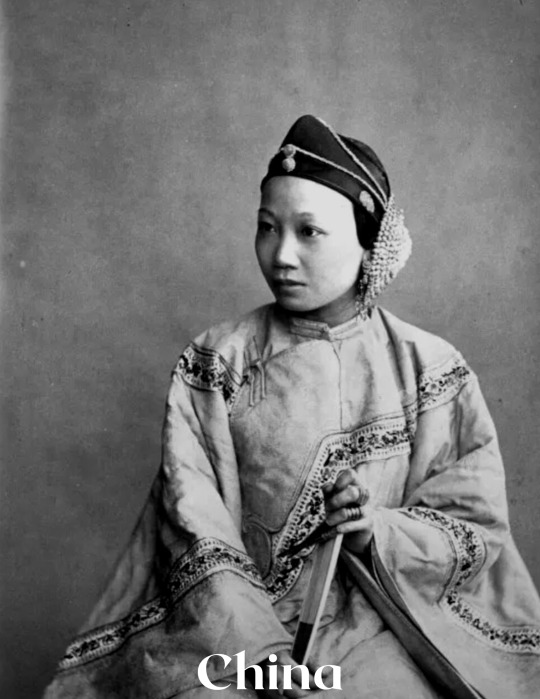
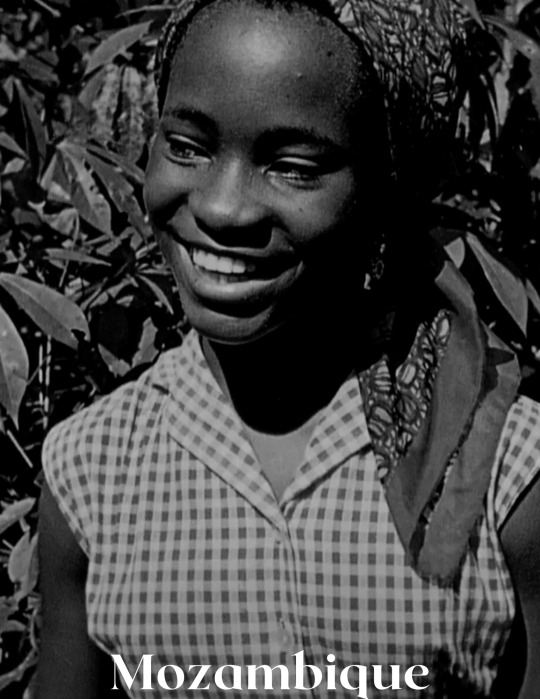
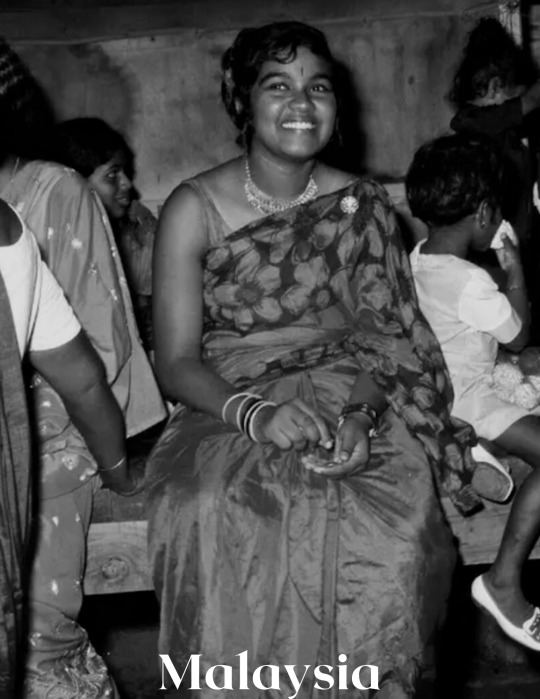
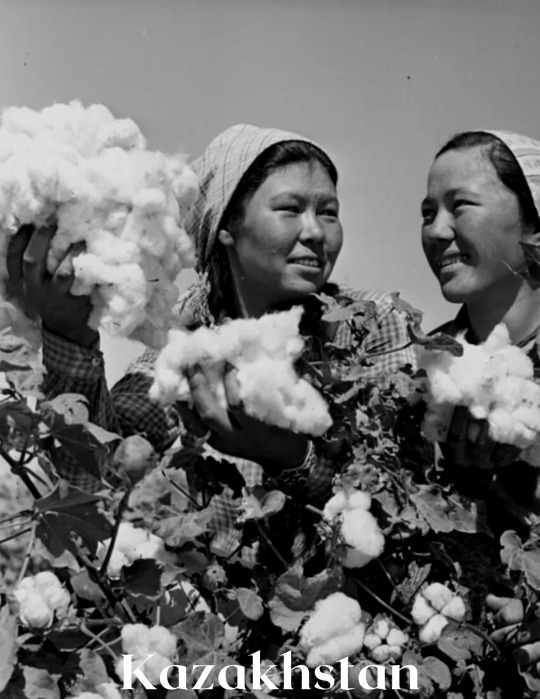

beauty around the world: pt 8
#beauty around the world#history#women in history#beauty#tanzania#suriname#paraguay#polynesia tahiti#cayman islands#china#mozambique#kazakhstan#kenya#cultures#beauty in cultures#around the world#malaysia
603 notes
·
View notes
Text
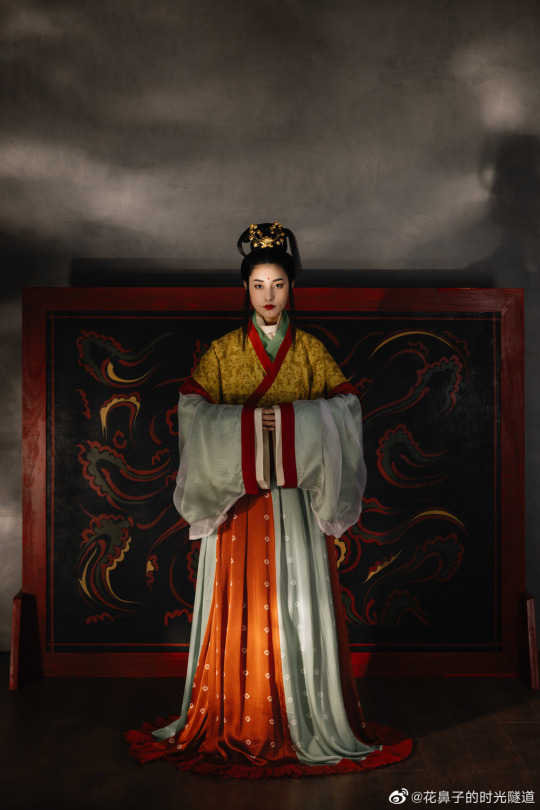


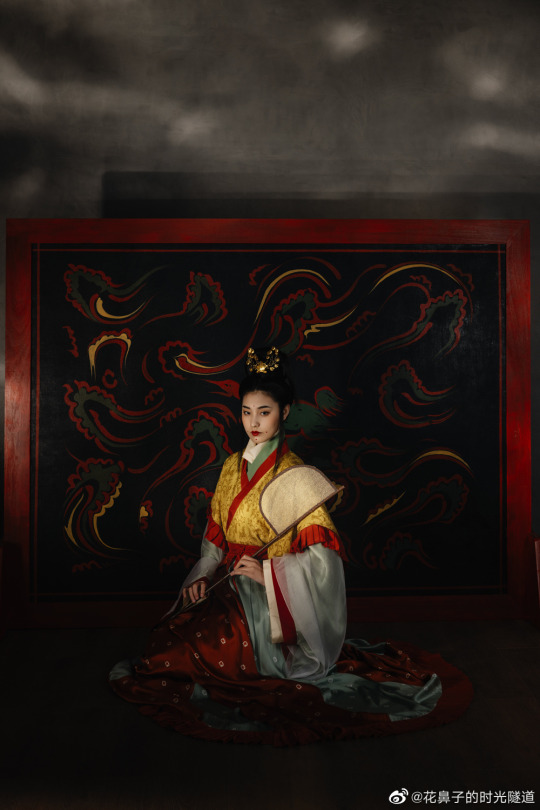

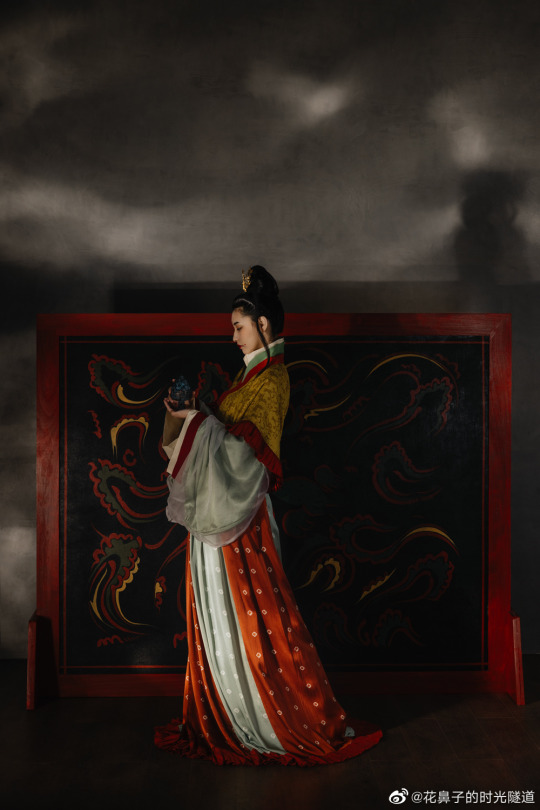


【Historical Reference Artifacts】:
China Jin Dynasty PaintingBy Gu Kaizhi (顾恺之)

・ Wei, Jin, Southern and Northern Dynasties Female Figurines showing woman makeup at the time:


[Hanfu・漢服]Chinese Wei and Jin Dynasty-Northern and Southern Dynasties(220—589)Traditional Clothing Hanfu Photoshoot
————————
📷Photo:@realyn
💄Stylist:@仰望的花鼻子
🔗Weibo:https://weibo.com/5541803701/N77vXcOBE
————————
#chinese hanfu#Wei and Jin Dynasty-Northern and Southern Dynasties(220—589)#hanfu#hanfu accessories#hanfu_challenge#chinese traditional clothing#china#chinese#chinese history'#historical fashion#historical makeup#Wise and Benevolent Women (列女仁智圖)#chinese history#ancient china#chinese fashion#hanfu art#漢服#汉服#chinese style#中華風#魏晋南北朝
226 notes
·
View notes
Text
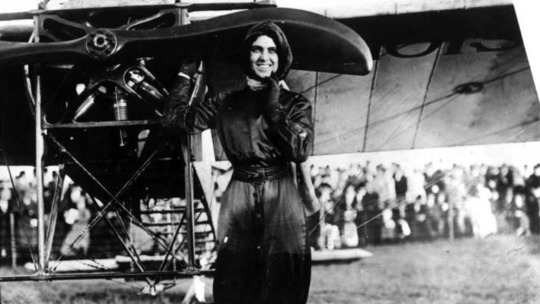
Harriet Quimby (1875-1912) First US Woman Pilot
Quimby was the first woman to receive a US pilot’s license, issued by the Aero Club of America in 1911. The following year, she was the first woman to fly across the English Channel. But unfortunately, she got little media attention for her accomplishment since it occurred the day after the Titanic sank.
Quimby competed in races and flying meets, always drawing a crowd. Like many early aviatrixes, Quimby capitalized on her popularity with the press, who nicknamed her the “China Doll.” Quimby was also a well-known Hollywood screenwriter.
Unfortunately, she died less than a year after getting her pilot’s license in an incident at a Boston aviation meet.
#Harriet Quimby#First US woman pilot#female pilot#women in aviation#aviation pioneers#China Doll#aviation history#aviatrixes#women pioneers#flying#aviation#pilot
30 notes
·
View notes
Text

Noble ladies from the royal court of the Northern Wei Dynasty in northern China, ca. 500 CE. The rulers of the dynasty were northern "barbarians" who conquered northern China in the 400s. They brought a number of new ideas and practices into China. Their most notable effect was the popularization of Buddhism.
{WHF} {Ko-Fi} {Medium}
146 notes
·
View notes
Text
Xie Wanying
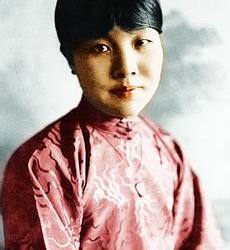
Xie Wanying, also known by her pen name, Bing Xin, was born in 1900 in Fuzhou, China. Xie was a poet, essayist, and children's writer whose work enjoyed immense popularity. She was one of the most prolific Chinese writers of the 20th century, and her writing style was both distinctive and influential. Xie was also an active participant in the May 4th Movement. In 1997, the Bing Xin Literature Museum was established in Changle, Fujian.
Xie Wanying died in 1999 at the age of 98.
48 notes
·
View notes
Text
still laughing at the terf who got mad at me saying timothee chalamet could do a good job playing marie antoinette, since according to them that would be “erasing” marie antoinette, who is one of the five female historically significant figures as opposed to the “10000000″ male ones. you mean to tell me there’s five (5) important women in all of history?? and marie antoinette is one of them??? who are the other four supposed to be??
#already discussed this school of athens-style with my beloved mutual#but like. off the top of my head i can name five historically significant women from 130-90 BCE in china alone#can't imagine how boring the world of history is to someone with such a frail and uncurious understanding of it#ryddles
67 notes
·
View notes
Text
On This Day In History
February 17th, 624: Wu Zeitan, ruler of China and one of the first female rules in history, is born.
80 notes
·
View notes
Text
Both Cixi and Empress Alexandra of Russia have quite a few similarities:
Both were reactionary rulers who ruled, not reigned. Both refused to accept the current of history in their own societies and this blew up in their faces and those of China and Russia and ultimately the world. All the efforts to absolve Cixi run aground on the reality that she was a ruler with actual power who deliberately wielded that power in a disastrous fashion. It will never be convincing in an autocracy that the autocrat is blameless in the autocracy failing.
Cixi was up against nearly impossible challenges, like the last Romanovs. She and they still failed and the consequences of the failures echoed around the world.
#lightdancer comments on history#women's history month#asia and women's history#china and women's history#dowager empress cixi
8 notes
·
View notes
Text
🪷Wang Zhenyi🪷
Wang Zhenyi was a Chinese scientist from the Qing dynasty. She breached the feudal customs of the time, which didnt allow women to be educated mix by working to educate herself in subjects such as astronomy, mathematics, geography, and medicine. She was well known for her contributions in astronomy, mathematics, and poetry.
One of her contributions was being able to describe her views of celestial phenomena in her article, "Dispute of the Procession of the Equinoxes." She was able to explain and prove how equinoxes move and then how to calculate their movement. She wrote many other articles such as "Dispute of Longitude and Stars" as well as "The Explanation of a Lunar Eclipse."
In "Theory of the Earth's Roundness," Wang Zhenyi refuted the thousand-year-old concept of a flat earth with a round sky, applying astronomical and geographical terms to advocate for the concept of a spherical Earth and revealing the idea of relative spatial positions, a significant advancement over traditional beliefs.
In the realm of mathematics, Zhenyi mastered trigonometry and knew the Pythagorean theorem. She wrote an article called "The Explanation of the Pythagorean Theorem and Trigonometry," where she described a triangle and the relationship between the shorter leg of a right triangle, the long leg, and the triangle's hypotenuse all correctly
Wang's works and approach were groundbreaking for her time, blending Chinese and Western knowledge, advocating for comparative research, and applying innovative methods in both astronomy and mathematics.
(Old post)
#stem#science#physics#maths#mathematics#women in stem#math#history#women’s history#china#chinese history
13 notes
·
View notes
Text

Women warriors in Chinese history - Part 1
“In the nomadic tribes of the foreign princesses from the Steppes northwest to the northeast of the Chinese borders, women habitually rode horses and were frequently also skilled militarily. They had to be able to survive on their own and defend themselves when their men left camp to herd animals for months on end. Thus, unsurprisingly, many daughters of nomadic and semi-nomadic tribal chiefs were also capable fighters. Madam Pan 潘夫人 of “barbarian origins” during the Wei dynasty, the semi-barbarian Princess Pingyang 平陽公主 who helped establish the Tang dynasty, and the “barbarian queen,” Empress Dowager Xiao, are historical examples of this category of female generals.
While the barbarians to the north were known as fan 番, those belonging to peripheral areas from the southwest to the southeast were known as man 蠻. Like the nomadic princesses, these women of non-Chinese or Chinese ethnic minority groups did not bind their feet and could thus become formidable opponents. Indeed, the female battle units within the Taiping 太平 rebel forces that actually entered combat – rather than merely providing labour as most of the female units did –were reportedly made up in the main of women from the Miao 苗 tribes, aside from the Hakka (Kejia 客家) women of Guangxi.
Female bandit leaders or daughters and sisters of bandit leaders who occupied mountains or established strongholds in marginal lands are almost indistinguishable from the man barbarian princesses of tribal chieftains in novels and shadow plays. Such barbarian women generals and female bandit leaders were rarely privileged enough to be recorded by the historians. The three found most frequently, Madam Xi 洗夫人 (502– 557), Madam Washi 瓦氏夫人 (1498–1557),95 and Madam Xu 許夫人 (1271–1368), were all pro-Chinese. While the first two cooperated with the Chinese government, the third joined Chinese forces against the Mongols. A certain Zhejie 折節 or Shejie 蛇節, a female leader of the Miao tribe, also led a rebellion against Mongol troupes, but she eventually surrendered to them and was subsequently executed.
Real enemies of the Chinese empire, such as the Trv’vy sisters of Vietnam, are hardly ever mentioned by the Chinese, even though they are first recorded in the Han dynastic history. Even under such circumstances, of the women commanders in Chinese history studied by Xiaolin Li, a hefty per cent were from “minor nationalities.”
Female rebel leaders and women warriors in rebel forces tended to rise from peasantry and marginal groups such as families of itinerant performers, robbers, boatmen, and hunters. Many of them are beautiful and charismatic. Most of the rebel groups were basically bandits (known as haohan 好漢, “bravos” euphemistically) – how else could they have survived without a continuous source of income? Many of the bandit groups, like the sworn brothers of the Water Margin, lived in mountains and marshlands, awaiting a chance to start or join in an uprising with the hope of gaining power and legitimacy through either pardon (when they posed too great a threat to the state) or founding a new dynasty. Many had sisters, wives, or daughters who were also capable of leading armies.”
Chinese shadow theatre: history, popular religion, and women warriors, Fan Pen Li Chen
#history#women in history#warrior women#women's history#historyblr#warriors#quotes#women warriors#china#chinese history#asian history#Princess Pingyang#empress dowager chengtian#lady washi#taiping rebellion#trung sisters
150 notes
·
View notes
Text
Wu Zetian
Wu Zetian, the first and only female ruler of Imperial China, lived a life marked by ambition as well as controversy. Born into a wealthy family in 624 CE, Wu was encouraged by her father to pursue education, an uncommon privilege for girls in ancient China. Selected as a concubine for Emperor Taizong at age 14, Wu's intellect and charm quickly captured the emperor's attention, leading to her elevation to the position of secretary.
Her rise to power was gradual yet strategic. Despite being sent to a convent after Taizong's death, Wu's affair with Taizong's son, Gaozong, secured her return to court as his empress consort. With Gaozong's declining health, Wu's influence grew, and she effectively ruled as the power behind the throne, manoeuvring court politics to eliminate rivals and solidify her position.
Wu's reign was marked by significant reforms and achievements. She restructured the government, reduced bureaucracy, and implemented policies to improve agriculture, education, and military efficiency. However, her later years saw a decline in her hold on power, characterised by paranoia, scandalous affairs with young lovers, and purges within her administration.
In 704 CE, Wu was forced to abdicate in favour of her son Zhongzong due to mounting discontent among court officials. After her death in 705 CE, real power shifted to Empress Wei, who played a role in influencing Zhongzong and the court.
Despite controversy surrounding her reign, Wu's legacy endures. Modern historians acknowledge her as a visionary leader whose reforms laid the groundwork for China's prosperity under Emperor Xuanzong. While remembered for her supposed crimes, including the rumoured murder of her daughter, Wu's impact on Chinese history remains profound, inspiring continued fascination and debate about her rule and legacy. She ruled during the Tang Dynasty and establishing her own Zhou Dynasty, leaving an indelible mark on the history of China.
I also highly suggest watching the series on YouTube by Extra History
youtube
this is the link for part 1 ^
#wu zetian#chinese empress#chinese history#tang dynasty#zhou dynasty#imperial china#empress#women in history#women throughout history#Youtube
8 notes
·
View notes
Text
Im being real I only want to organize with other women but my interest in like passing laws vs direct action is literally zero.
Laws are helpful, but they are ultimately reformist. I think, coming out of the 20th century a major takeaway I had is that women need to build things that cannot be taken away from us (basically separatism). Abortion should have never been a debate, it’s a right, if a government tries to legislate that then it is illegitimate. Women’s work should be paid. Women should run households. No women should be forced to live under constant threat of rape or battery. Sex is about love and connection not about owning someone (or their children). None of these things are complicated. Women understand this reality intuitively. It is men who do not. By asking rather than taking-we in turn legitimate this source of power but, men should not hold power over women. It is illegitimate.
The biggest failure, in my opinion, of second wave feminism in the US is it could not reproduce itself. I agree with Federici’s assessment that “Wages for Housework” (or some variation) is one of the biggest tasks left undone. By and large child production in the US remains a task for the nuclear family, ensuring patriarchy will live on for another generation and another generation of adult women will suffer inside of it. We can remedy this by creating intentional communities of women by women, raising our own wages and collectively supporting each other through family creation and in the workplace.
Furthermore, I really strongly encourage women to stop supporting causes, political movements or organizations that refuse to prioritize women’s issues. This is particularly relevant in the realm of foreign policy. I find it repulsive how many self styled radical feminists turn around and support US imperial projects abroad. We must reshape the way we organize the production of commodities if we are to liberate women. That means *not* supporting the imperialist powers in their quest to secure new markets and create sources of cheap labor+raw materials. Women’s piss poor wages in garment factories in Bangladesh is directly related to the strength of the conservative patriarchy in Bangladesh. Subsistance farmers in Brazil and South Asia need women to produce a large workforce as cheaply as possible, they accomplish this through patriarchal marriage and religion. The US forced it’s way into Eastern Europe to secure new markets and access to raw materials and the looting of the Soviet State saw the largest entrance of women into the sex trade in world history. Im not saying be uncritical about places like Iran, China or Russia, but I am saying be mindful of what exactly the person speaking intends to do about it. Global revolution is different than a proxy war between US+friends, solidarity with striking workers is different than Sanctions and Embargos which starve women and children. NGO’s operate in the interest of their donors, whoever they happen to be. Both horrors can be true and we must develop the capacity to see all of them-so that our intention to help does not untinentionally prolong the suffering of our global sisters. I cannot be more adamant that vigorous opposition to imperialism, vigorous opposition to the US government and her military is the absolute best way those of us living in the west can support women globally.
Many women are fooled by the belief that this is impractical and centering women and demanding real, revolutionary change is hopeless but allow me to ask you this, how many women have lived and died under this current regime? How many women have given their lives, have devoted themselves entirely to women’s advancement? We have made small gains-but it is not nearly commiserate to the effort we have put into achieving them. We are staring down the barrel of a new age, one where women’s bodies can be spliced and sold like pieces of meat. One where religious fundamentalism will remain a dominant global force. One where women can look forward to lives as drudges, whores or wives living with back to back pregnancies, constantly under the boot of men. Is that the world we want? Is that the world women have worked so hard to achieve?
We need a more radical, more prideful strategy befitting our dignity and in line with what we deserve. We deserve so much more than concessions. We deserve freedom and the fruits of our labor.
So please, consider that it is ok for you to be the main character in this story and stop lending your time, support and energy to causes that do not center women’s experiences. I don’t care if you’re “also lgbtq” or also a “poc” or also “colonized”. You’re suffering more than a man is, women deserve to be at the forefront of every single social movement, not a supporting role, a woman unfairly in prison is just as significant as her male counterpart. Lesbians get beat up and preyed on by homophobic men just as much, if not more, then gay men do. Women suffer worse under occupying armies, women suffer worse under sanctions, women suffer worse in post colonial political chaos then men do.
You matter just as much as they do and you need to *leave* if they do not recognize that. You will never lose by recognizing your worth.
#this is dedicated to this one ivy leauge radical feminist who hated women and also like wanted a war with china like#why is everyone in the poli sci department at columbia the most hawkish freak I have ever met#what do they do to you there.#im soooo grateful I studied history over poli sci like#radblr#radical feminism#radical feminist#radfems#radical feminist theory#radical feminists do touch#radfem safe#gender critical#char is writing theory again
46 notes
·
View notes
Text

The feminine urge to crush sexist men who ruined your life with a war elephant!⚔️
🐘🇻🇳🐘
#history#trung sisters#vietnam#trung trac#trung nhi#vietnamese history#elephants#historical figures#girl power#queen#womens history#china#military#female warrior#sisters#femininity#patriachy#chinese history#animals#girl boss#historical women#sisterhood#women empowering women#feminine power#girly things#strong women#military history#nickys facts
35 notes
·
View notes
Note
Are there any specific imperial chinese dynasties that interest you?
Kind of: I enjoy reading about Han dynasty, Song dynasty and Qing dynasty, as these are the dynasties I grew the most accustomed with through different shows. I especially like to learn more about Han and Song different palatial administrations, as we have a lot of historical sources which speak about it, as well as the places let to women in these social circles, and I find it really amazing!
5 notes
·
View notes